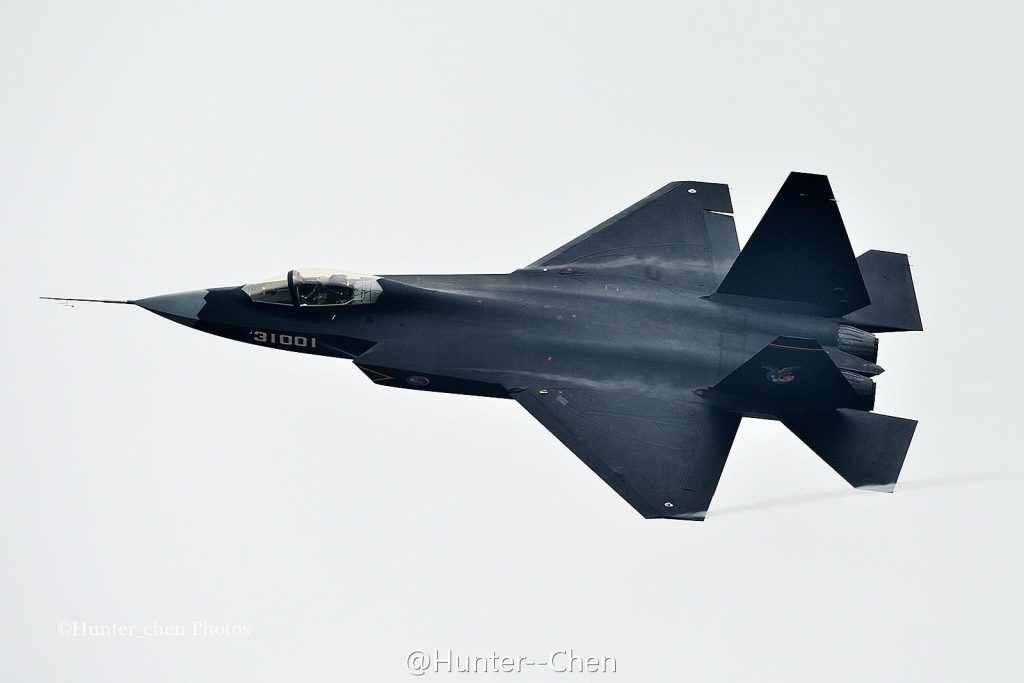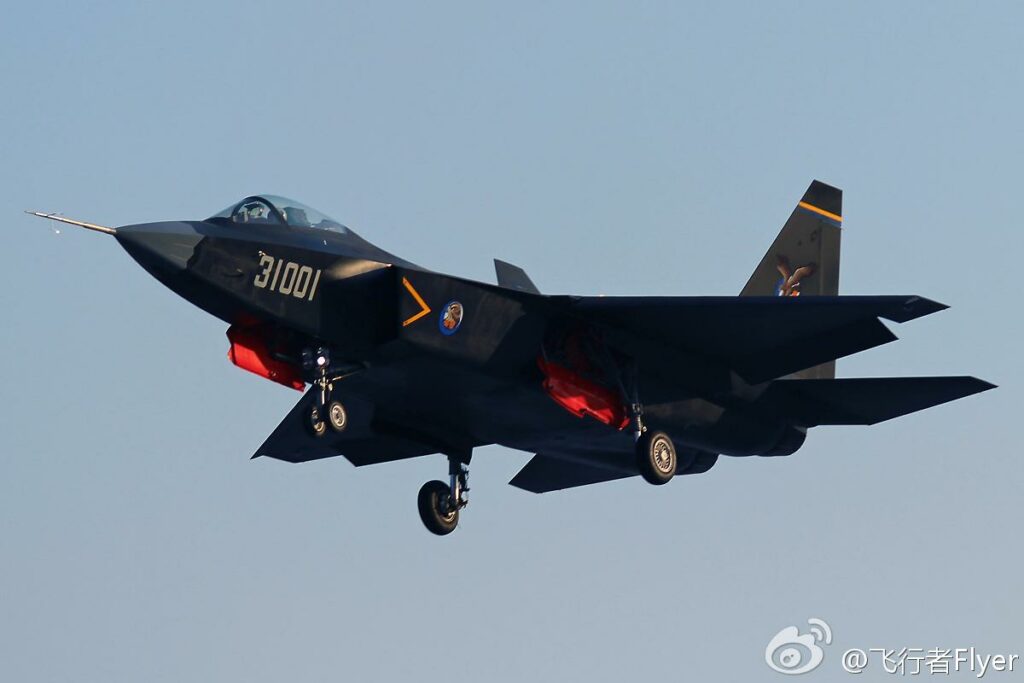
J-31’s Debut
Much has been made of China’s J-31 stealth fighter making an appearance at the 2014 Zhuhai Airshow. (Too much in fact; for example Foreign Policy magazine tried to tie the news to Obama’s visit this week, despite the fact that the airshow has been going on since 1996 and the plane flying since 2012.) But what can we learn from its appearance?
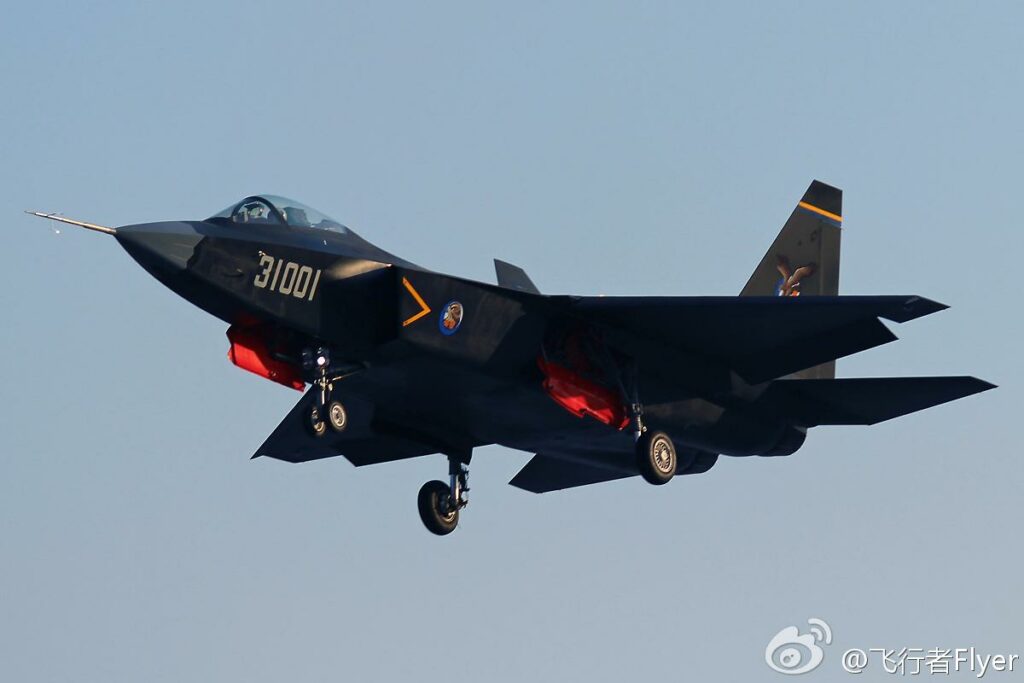
J-31 Lands
Made by the Shenyang Aircraft Corporation (SAC), it is highly likely that the J-31 will be China’s version of the Joint Strike Fighter; its development is expected to spiral into both PLAAF and PLANAF variants. However, the J-31’s primary mission at Zhuhai has been to hunt for export customers. Beyond Chinese sales, likely customers for the J-31 include nations that have operated earlier generation Chinese export fighters like the F-7 and JF-17 (such as Pakistan and Egypt), as well as those looking for less expensive or non-U.S. alternatives.
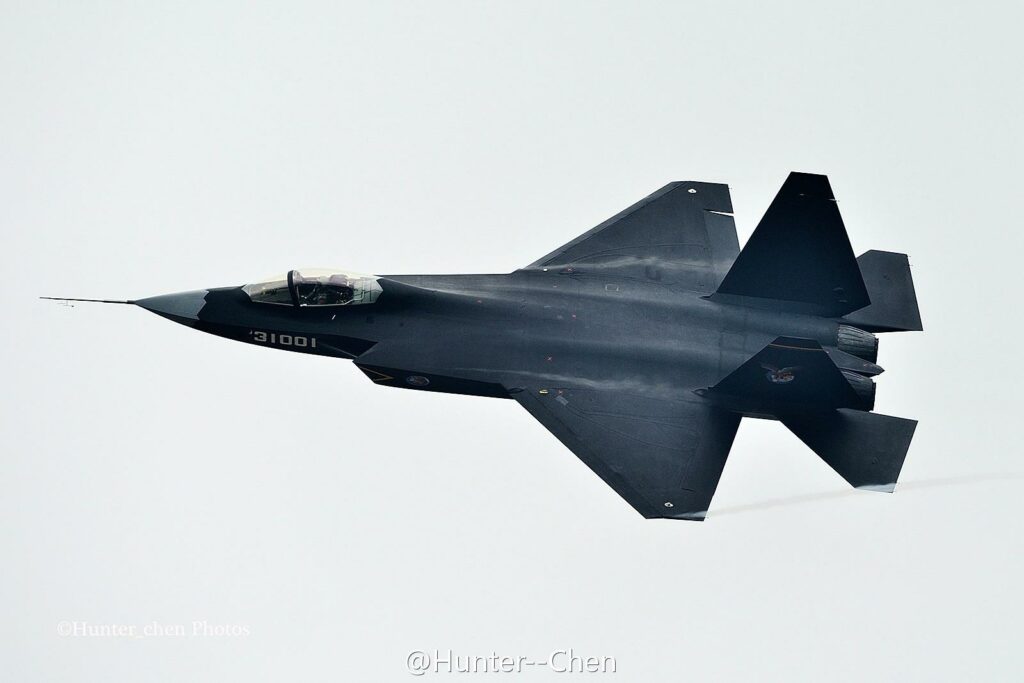
J-31
Currently, “31001” is a technology demonstrator for SAC’s stealth fighter technology. Hence it uses preexisting systems, like the Russian RD-93 engines found on the FC-1 fighter, as well as having an older two piece canopy over the cockpit. “31001” was stated at the Zhuhai 2012 airshow to have a combat weight of 17.6 tons; like the transition from the X-35 to the F-35, production variants of the J-31 are likely to be heavier than the demonstrator.
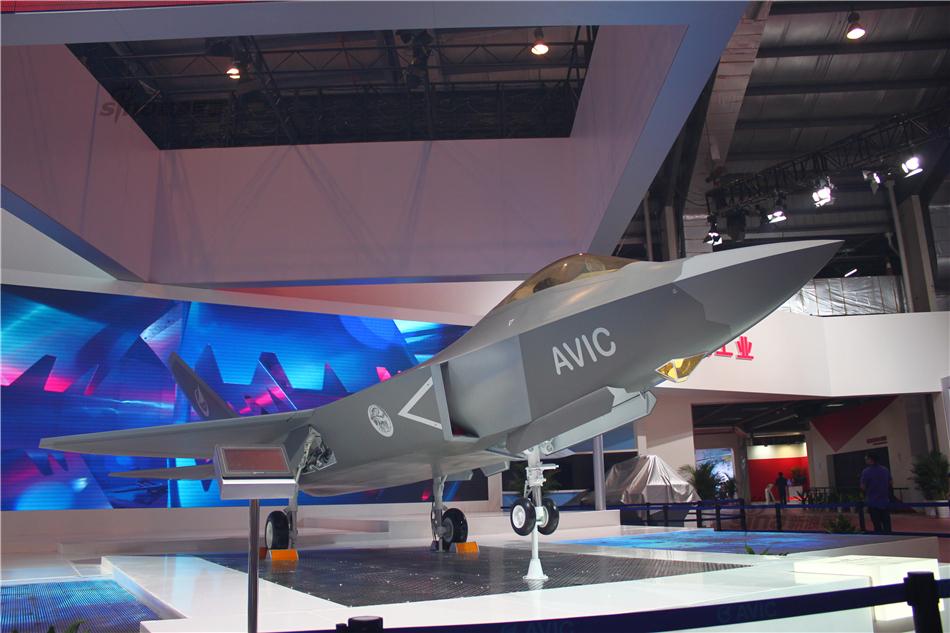
FC-31
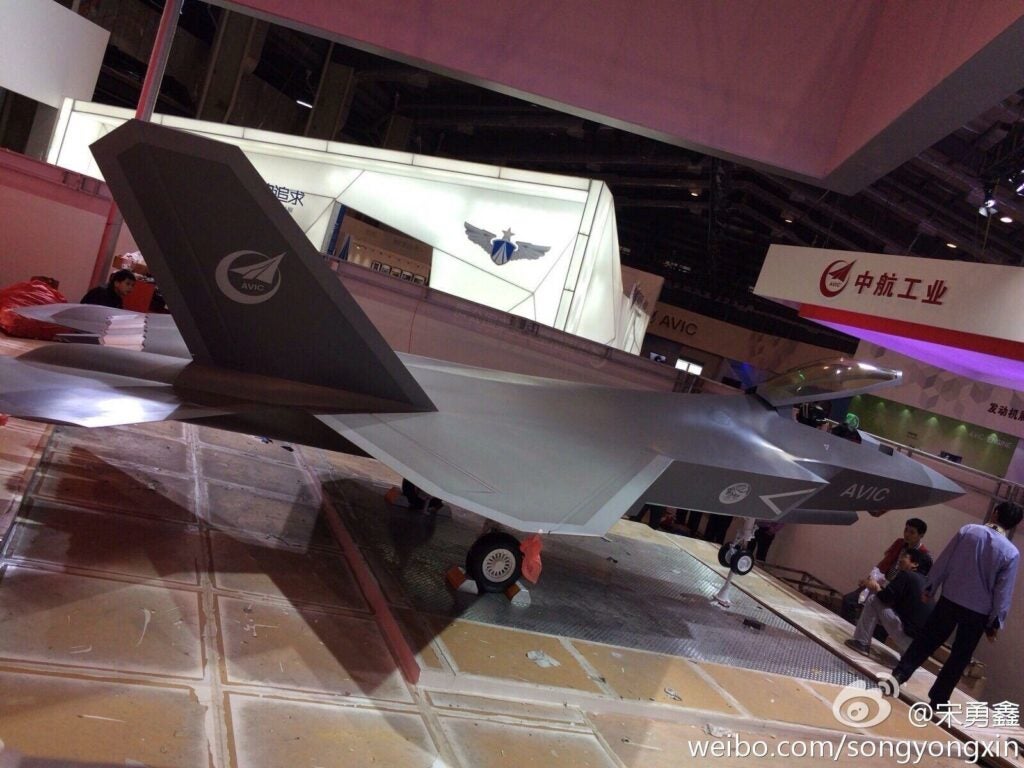
Stealthiness
While “31001” flew crowd pleasing maneuvers at Zhuhai, a new and updated scale model of the J-31, or FC-31 in its export designation, on display shows changes that would come to any likely final plane. The new model has redesigned wings, clipped at the corners to enhance stealth, and all new vertical stabilizers, which have been enhanced for stealth. The new model also has an Infrared Search and Track sensor installed on the underside of its nose, to enable the J-31 to track the heat signatures of enemy aircraft. It also has redesigned, stealth optimized engine nozzles, which suggest that a Chinese 10- to 11-ton thrust engine will ultimately replace the Russian RD-93. Notably, such future engines could allow the J-31 to supercruise, a feature that the F-35 does not have.
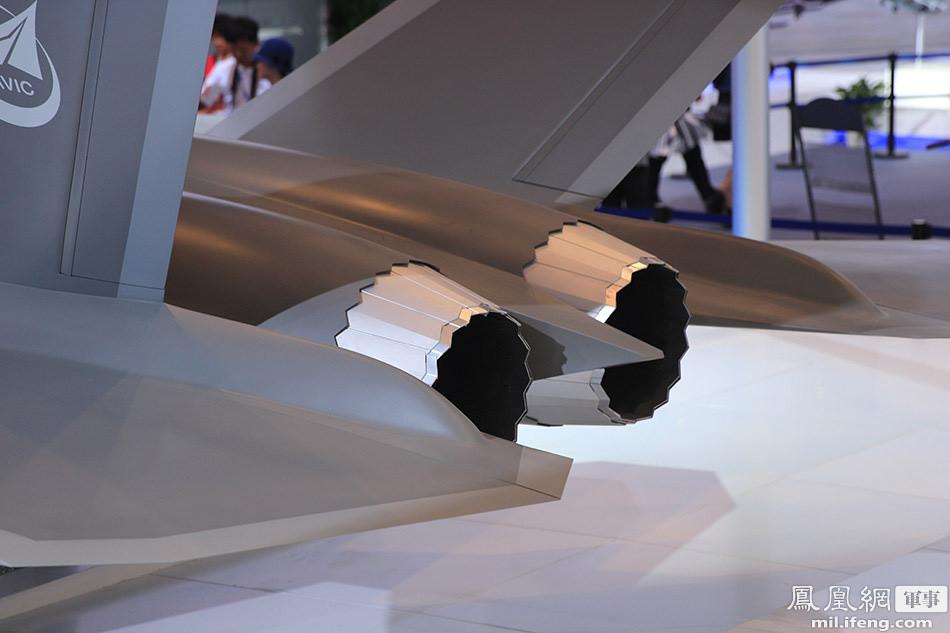
New Engines
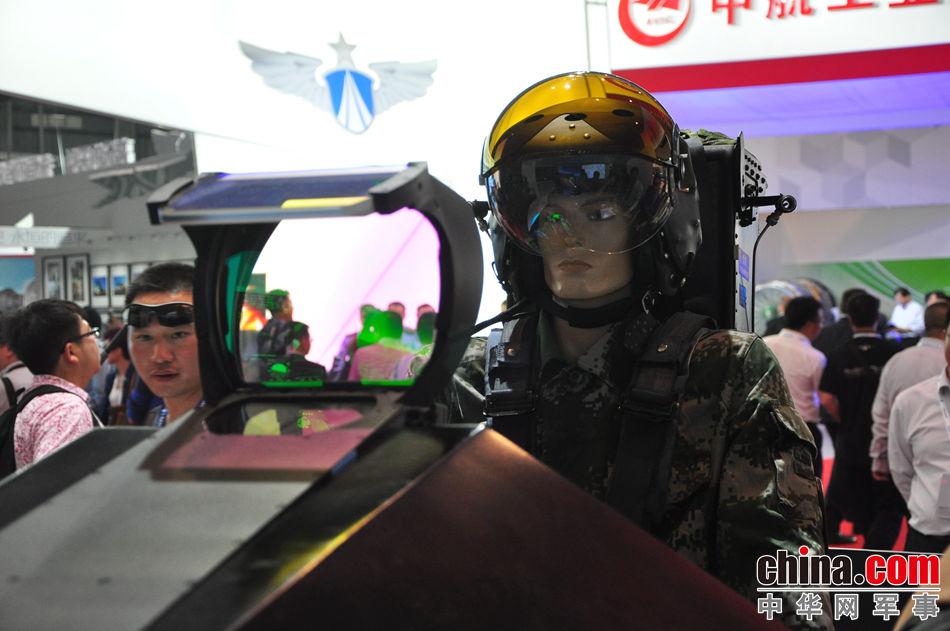
Next Gen Display
The J-31 is clearly intended to be a true “fifth-generation” fighter, not only in stealth but also in sensor fusion and flight avionics. To its advantage, the J-31 does not have the difficult challenge of producing a design that allows both traditional flight and a STVOL variant like the F-35B. However, the great challenges in producing a multi-role fifth-generation fighter and high-performance engines means that SAC has its work cut out if the J-31 is going to enter service in 2022, a decade after its first flight.
You may also be interested in:
What New Chinese Weapons WIll We See at This Year’s Zhuhai Airshow?
Photos Emerge of China’s 4th New Stealth Fighter
Stealth Radar Tests on Passenger Jet
New Chinese 5th Generation Fighter Jet- J-31 Performs More Flight Tests
Virtual Reality Is Not Just For Facebook: Chinese Military Pilots Train in 3D





